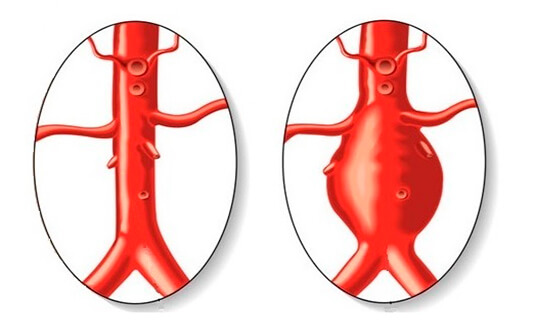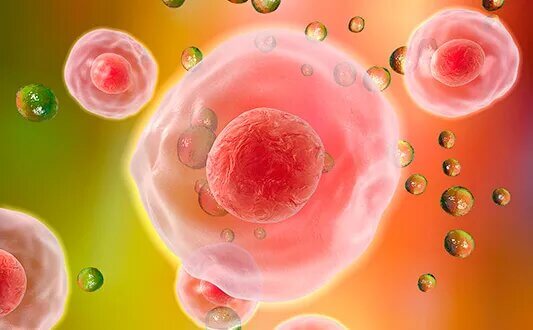Medical Blog About Treatment Abroad
Welcome to our medical blog – it is dedicated to empowering patients with knowledge about global healthcare! We created this platform with the intention to bridge the gap between patients and the medical innovations available globally.
What's Inside: Discover new and rare methods in oncology, immunology, heart surgery, neurosurgery, and other medical fields! Our health travel insights show how medical journeys open new possibilities with advanced treatments unavailable locally, including specialized cancer care abroad.
Who Benefits: This resource is for patients and their families who seek new treatment methods and explore options at leading international hospitals. Those who want to make informed healthcare decisions beyond borders.
Why Read: Booking Health experts provide verified information through patient-friendly articles – they translate complex medical advances into accessible info. Stay current with the latest developments in global healthcare and discover how international medicine can transform treatment outcomes!
Browse our latest articles and take the first step toward better health outcomes!
Treatment - page 32
 Thoracic aortic aneurysm
Thoracic aortic aneurysm
 Minor invasive treatment of abdominal hernias in Germany
Minor invasive treatment of abdominal hernias in Germany
Ventral abdominal hernias are any defects of the abdominal wall fascia, except inguinal and hiatal hernias. Millions of surgeries for these conditions are performed worldwide each year. Most of them are carried out in an open manner, under visual control. But in developed countries, minimally invasive surgery is preferred, including laparoscopic and robot-assisted techniques.
 Oral cancer – modern treatment techniques
Oral cancer – modern treatment techniques
According to its histological characteristics and course features, oral cancer is included in the wider group of "head and neck tumors" and comprises neoplasms of the tongue, cheeks, and gums. Oral cancer treatment aims to remove as much of the tumor and affected lymph nodes as possible, as well as destroy the remaining cancer cells with chemotherapeutic, targeted, and immunological drugs.
 Peculiarities of treatment of tetralogy of Fallot in children and adults
Peculiarities of treatment of tetralogy of Fallot in children and adults
Tetralogy of Fallot (ToF) is the type of congenital heart disease diagnosed in up to 3 of 10,000 newborns. The pathology may be detected even before the birth by means of expert fetal echocardiography. The abnormal structure of the heart and major vessels hampers a child’s physical activity and normal physical growth and development.
 Benefits of treating prostate cancer with the da Vinci robot
Benefits of treating prostate cancer with the da Vinci robot
Prostate cancer is one of the three most common cancers among men. The main method of treatment for stage 4 prostate cancer is surgical intervention – a radical prostatectomy. Currently, surgeons from the leading foreign clinics prefer performing a robot-assisted prostatectomy. The use of the da Vinci robotic system ensures the...
 Stem cell treatment in Germany
Stem cell treatment in Germany
The reprogramming of differentiated cells into stem cells and some other applications, opened the door to a new age of regenerative medicine. Regulatory, medical, and aesthetic aspects are on the agenda. Both in theory and reality, a controlled cultivation of the embryonic and pluripotent stem cells from the stratified (dissected) cells has long been considered to be impossible.
 Plastic surgery of polydactyly – is it obligatory?
Plastic surgery of polydactyly – is it obligatory?
Polydactyly is a medical term referred to having extra finger or toe. It is an inborn condition connected with disturbances of the limb formation due to genetic or external influences. Influences in early pregnancy are the most significant, as the digits are already recognizable at 41-43 days of gestation and are completely formed at 53 days.
 The treatment of stage 4 bladder cancer in Germany
The treatment of stage 4 bladder cancer in Germany
Over 400,000 new cases of bladder cancer are diagnosed in the world annually. In 75% of patients, the tumor is detected at an early stage. However, in every fourth person it is detected when it is at the stage of invasive bladder cancer, after lymph node lesions are present, or after the appearance of distant metastases.

